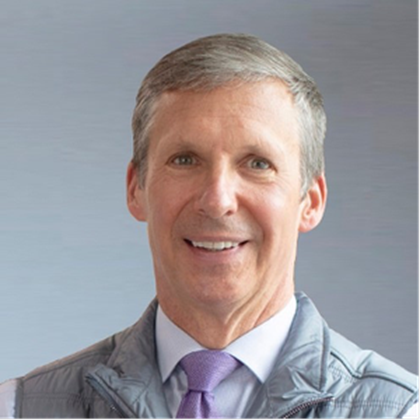Effective financial management is a cornerstone of a successful healthcare administrative practice. It involves much more than just “balancing the books”; it’s about ensuring that resources are allocated efficiently and effectively in order to provide optimal patient care. In this article, Keith Hovan delves into the critical role that financial management plays in healthcare administration, emphasizing how administrators must navigate the budgeting process, control costs, and optimize the allocation of resources in order to promote the best possible outcomes for the organization and those that it serves.
Planning and Allocating Budgets
Budgeting in healthcare organizations involves the critical analysis of data, careful planning and the allocation of financial resources in a manner that promote the achievement of organizational goals while providing consistent, high-quality care. This process begins with a thorough assessment of the organization’s strategic goals and the related funding needs, including staffing, equipment, technology, and facility requirements. By aligning budgets with strategic priorities, healthcare leaders ensure that resources are allocated where they are needed most, ultimately promoting the delivery of the best care to patients.
Cost Control and Reduction Strategies
Controlling costs is a critical aspect of financial management in healthcare. Healthcare leaders must implement strategies to reduce unnecessary expenses without compromising the quality of care. The use of LEAN and Six-Sigma tools and techniques in the setting of a healthcare delivery system is often a great place to get started. Standardizing processes and reducing variation can produce more predictable outcomes at lower unit costs. Other strategies for reducing costs may involve negotiating with vendors for better pricing, implementing more cost-effective procedures or technologies, and streamlining operational processes. By identifying areas where costs can be controlled and reduced, leaders can allocate resources more efficiently, ultimately contributing to the overall financial health of the organization.
Optimizing Revenue Streams
Healthcare leaders must also focus on revenue to support the organization’s financial health. This involves ensuring that the organization is appropriately reimbursed for services rendered, optimizing insurance billing processes, and exploring opportunities for new revenue sources. By identifying and acting on revenue-generating opportunities, leaders can enhance financial stability and allocate resources to support their organization’s strategies and initiatives. When evaluating any revenue producing or enhancement opportunity healthcare leaders must ensure compliance with all applicable laws, rules and regulations.
Investments in Technology and Infrastructure
Making ongoing investments in technology and infrastructure is essential for modern healthcare organizations. Around the world, massive amounts of data are being collected and analyzed constantly in order to provide enhanced patient diagnosis and treatment, which leads to improved outcomes. Access to large data repositories also serves to assist government agencies with promulgating and implementing sound public health policies.
Healthcare administrators must strategically allocate resources to implement and maintain state-of-the-art facilities that enhance patient care, improve operational efficiency, and support clinical program initiatives. These include electronic health record systems, telemedicine platforms, and advanced diagnostic equipment.

Risk Management and Financial Sustainability
Healthcare leaders also play a crucial role in risk management, which is closely linked to financial sustainability. By identifying potential financial risks, such as regulatory compliance issues, reimbursement challenges, or unexpected expenses, leaders can work to develop strategies that mitigate these risks and ensure the organization’s long-term financial viability. This proactive approach to reducing risk greatly contributes to overall organizational outcomes by safeguarding resources and ensuring continuity of care.
Conclusion
The management of a healthcare organization’s financial well-being is a fundamental aspect of healthcare leadership that can directly impacts the quality of care and services provided to patients. By carefully planning and allocating budgets in alignment with strategic goals, controlling costs, optimizing revenue streams, and investing in infrastructure, healthcare leaders can contribute to the overall wellness of their organizations. Additionally, a focus on risk management ensures that resources are allocated as effectively as possible to support optimal patient outcomes. Through effective financial management, healthcare leaders play a pivotal role in promoting wellness within healthcare organizations and, ultimately, the broader community.















